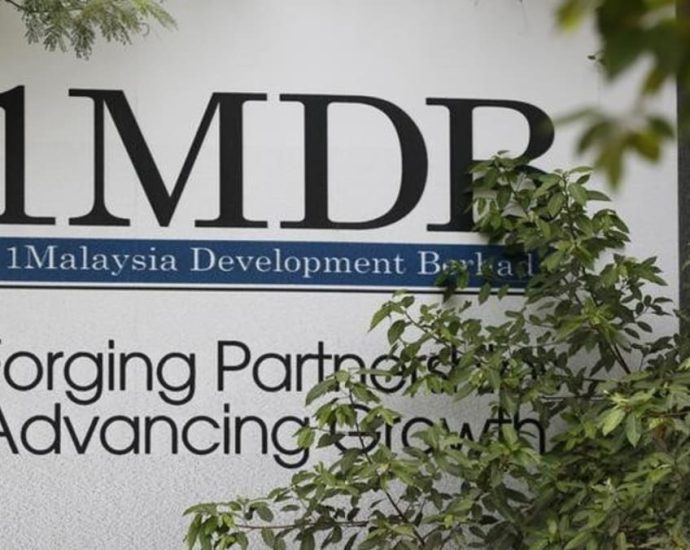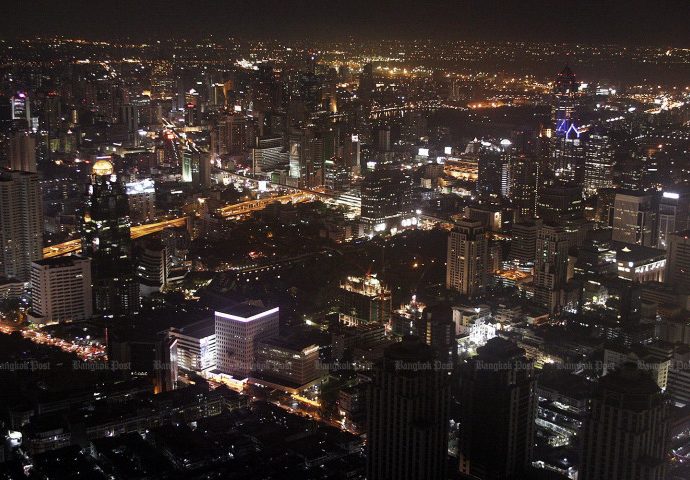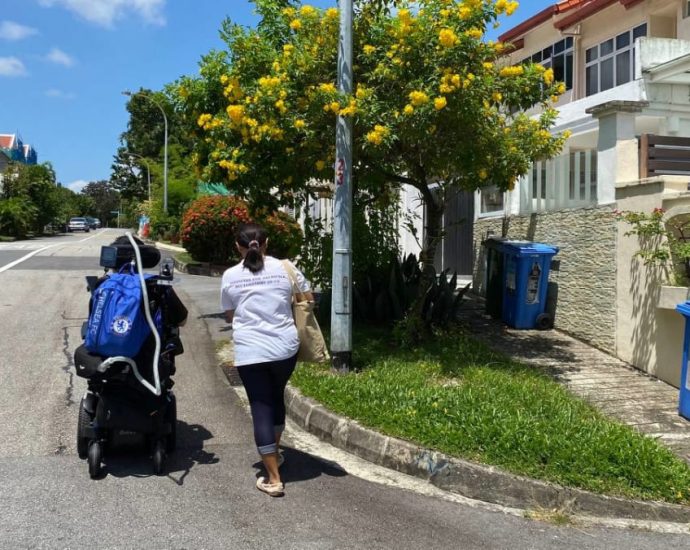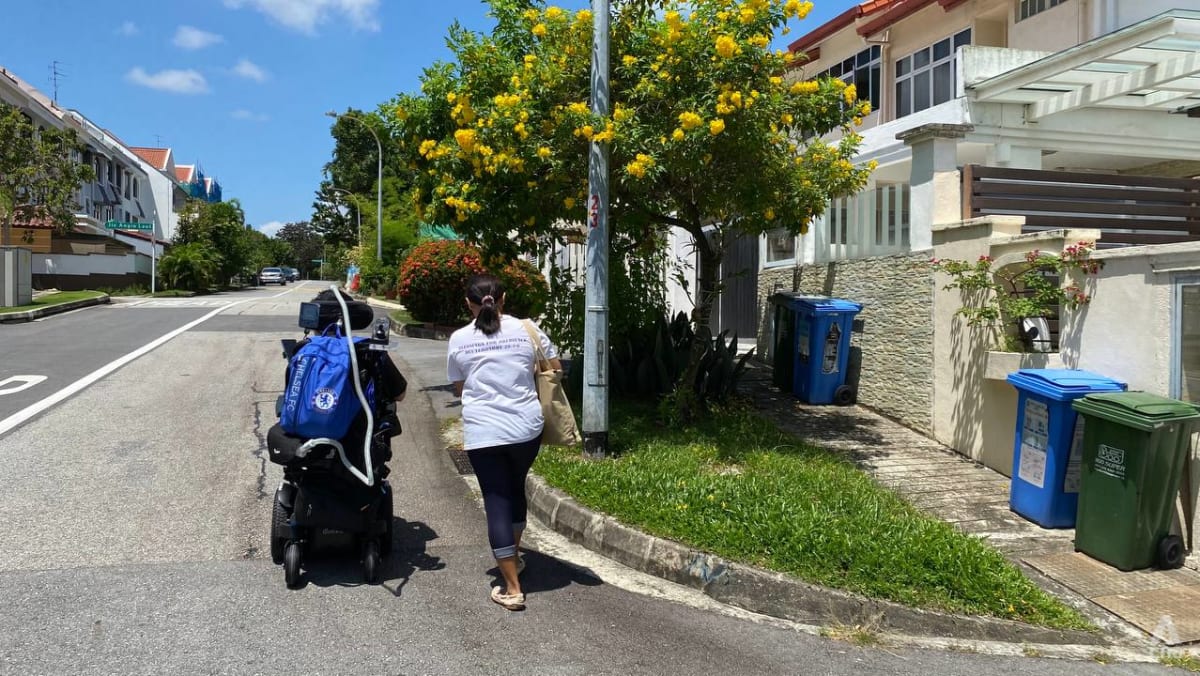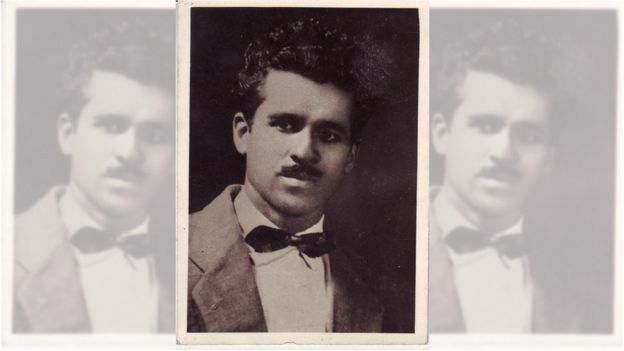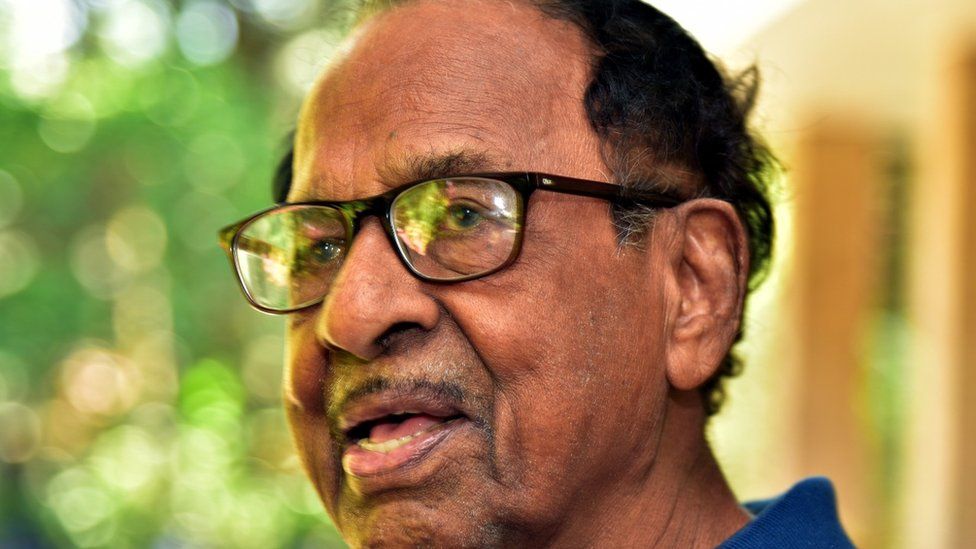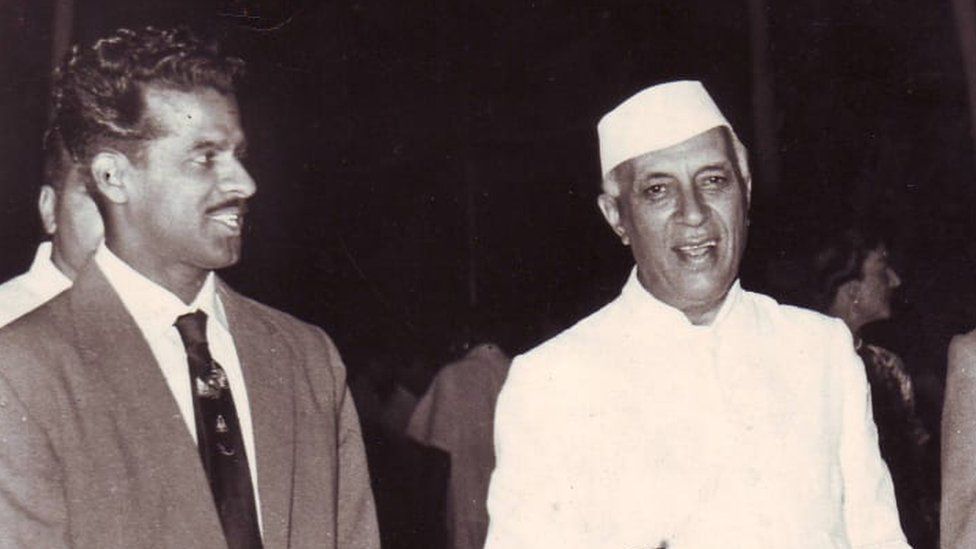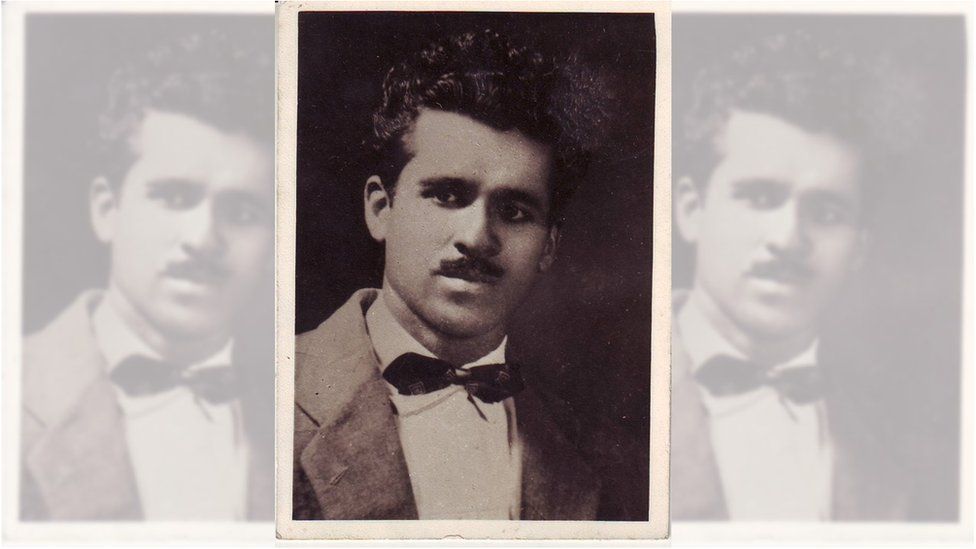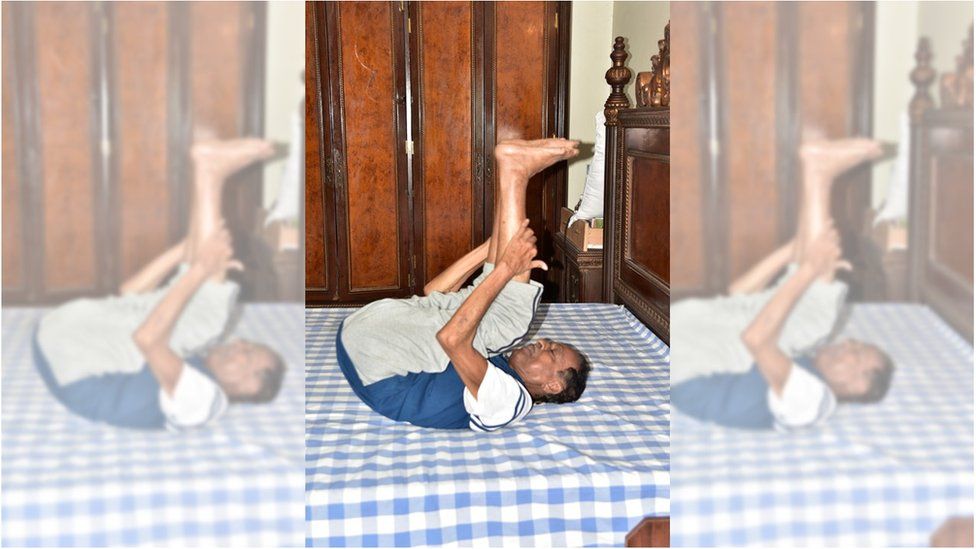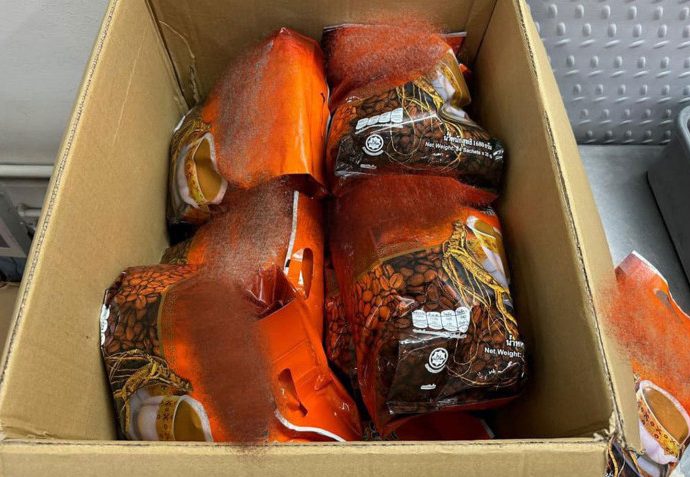Commentary: Are preschoolers equipped to care for classroom pets?

THE RIGHT LESSONS
Ultimately, when it comes to the child, the onus is on both the educators and parents to instil the right lessons.
My son grew up with our seven-year-old cat and has shown that he understands what it means to respect animals. But getting to this point required dedication on our part as parents, to supplement what they learn in school.
Credit goes to our cat too for being so patient with a toddler who sometimes gets a little carried away when hugging (more like squeezing) or petting her. Once, after my son learned about facial features in school, our cat was subjected to some accidental poking as he tried to point out her eyes, ears, nose, and mouth to us (“Where are her eyebrows?”).
I’ve had three late pets and believe me when I say my former charges wouldn’t have made it easy for us – and that’s exactly what I mean, not all animals are suitable for a life living in such close proximity to curious kids.
So, if class pets are brought in to either complement lessons or provide a forever home to rescue pets, the animal’s well-being should be given higher priority and importance.
Perhaps make pet care workshops compulsory for schools with class pets, with limits to the number of pets a centre can have, along with occasional checks to ensure the pet’s basic needs are met and it is not living under stress.
As responsible adults, we should treat all living things with care and respect. Children, after all, look to us to show them the way.
It is only right we lead by example.
April Zara Chua is a freelance content developer and mother to a preschooler and 7-year-old cat. She was also formerly from the pet industry covering topics on responsible ownership, care, health, and welfare.


